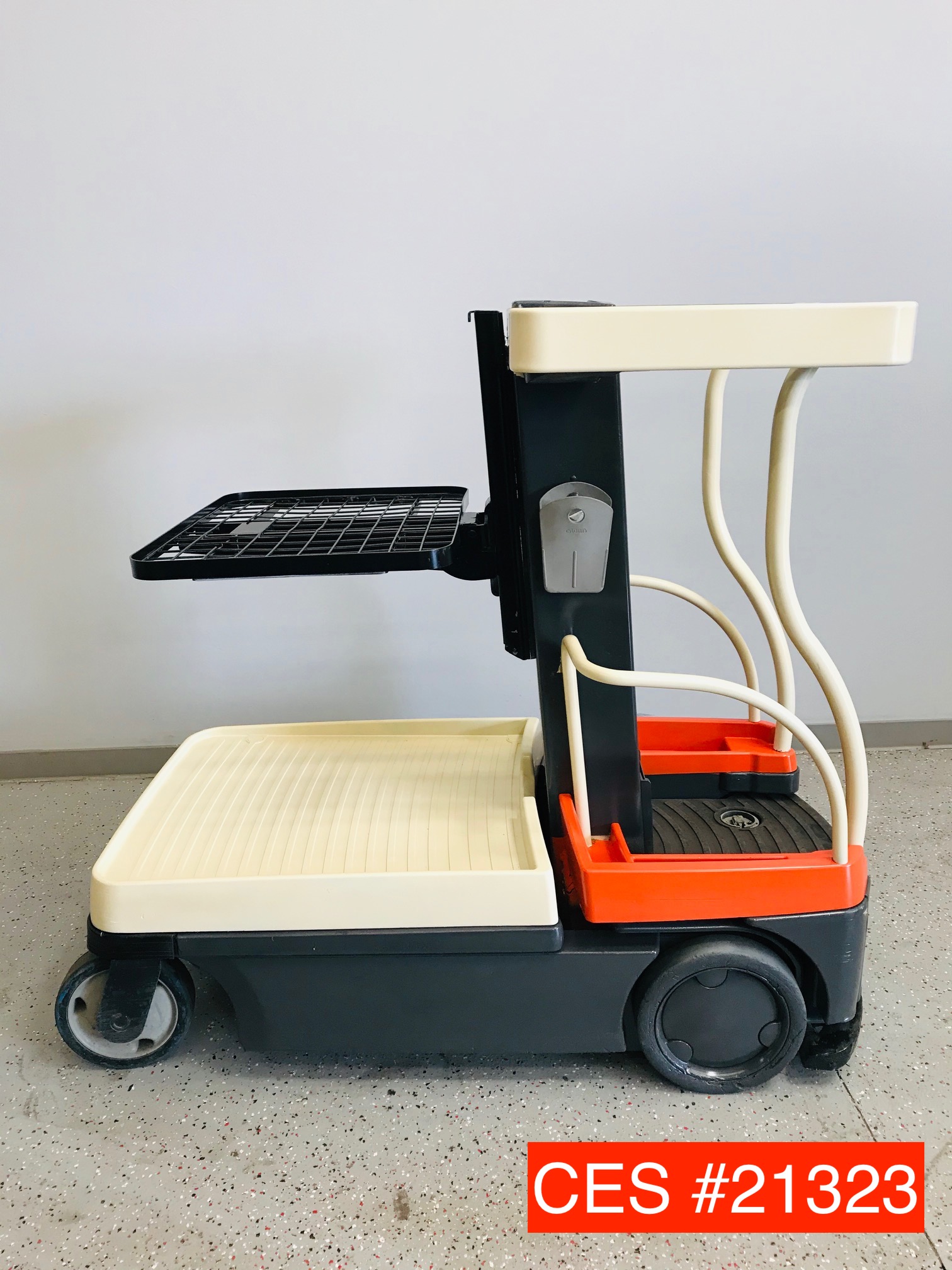
:no_upscale():strip_icc():fill(white):strip_exif()/f/image/5bm0MRGinJah1A2wsbTHFwkA.jpg?f=user_large)
- Open source home automation that puts local control and privacy first. Pulls 100M+ Overview Tags. Open source home automation that puts local control an.
- Add-ons for Home Assistant, allow you to extend the functionality around your Home Assistant setup. These add-ons can consist of an application that Home Assistant can integrate with (e.g., a MQTT broker or database server) or allow access to your Home Assistant configuration (e.g., via Samba or using the Configurator).
Add-ons for Home Assistant, allow you to extend the functionality around your Home Assistant setup. These add-ons can consist of an application that Home Assistant can integrate with (e.g., a MQTT broker or database server) or allow access to your Home Assistant configuration (e.g., via Samba or using the Configurator). Jan 12, 2021 In our case because we run Home Assistant in a Docker container, we can save the configurations and reboot or shutdown Home Assistant via the Docker application. One main advantage of the HASS.io installation is the integrated add-on store to install compatible applications.
30 Sep 2019Home Assistant on Docker is easier than running it with HASSIO IMO.
Here is a high-altitude overview of how I run Home Assistant -and- then I’ll dig into the details of my setup.
- Setup Raspbian with Docker and Docker-Compose
- Plugin my Aeon Z-wave script; make sure it’s on /dev/ttyACM0
- Setup scripts for Docker-Compose
- Setup scripts so it runs on startup
- Create a backup process

Okay, details… here is how I run Home Assistant on Docker on a Raspberry Pi 4.
- Install Raspbian on the Raspberry Pi 4.
- Install Docker and Docker-Compose.
- Create
/root/docker-compose.ymlconsisting of the following (NOTE: I use the Aeon z-wave stick at /dev/ttyACM0):
- Create the following file for automating the service on startup
/etc/systemd/system/home-assistant.service
Home Assistant Raspberry Pi
- Run this
systemctl enable home-assistant.service - Run this
systemctl enable docker
docker home-automation home-assistant Home Assistant Download


Docker Home Assistant Install
Related Posts
